Stephen Frink: Jardines de la Reina
This wasn’t my first trip to dive Cuba. I had been invited by an underwater strobe manufacturer, Subsea, back in the late 1980s to travel with their dealers and teach a photo seminar to them (along with photojournalist Rick Frehsee). We went to what was then known as the Isle of Pines (now Isle of Youth), but I wasn’t really impressed. There was clear water and beautiful sponge … even some fascinating shipwrecks. But, there just weren’t many fish, no surprise I guess with 200,000 Cubans living in proximity to this part of the island nation.
However, in the summer of 2016 I first visited Jardines de la Reina for a feature in Alert Diver, and what a revelation that was. It was farther offshore, and therefore better insulated from traditional fishing pressure. But, more than that it had been identified by the Cuban government for stringent marine protection, first by nomination as a marine Protected Area (MPA) in 1996 and then expanded with National Park designation in 2010. With rangers actually living in the Gardens of the Queen, enforcement has been assured, and marine life has flourished.
Visiting once was not nearly enough, so I booked the Jardines Aggressor II in March 2018 for a return visit. As my portfolio of images from this week suggest, I found significant coral cover providing habitat for large schools of grunt and porkfish, as well as several species of angelfish. We had sharks on almost every dive, both Caribbean reef and silky sharks. But, the species that best illustrated what is so very good about an MPA were the grouper. Large black, Nassau, and even goliath grouper were plentiful, and they were extraordinarily accessible.
The resident American crocodile, Nino, remains a highlight for most marine photographers. He delivered for me in 2016 with what became a kind of comically viral Internet story of how I’d “endangered” my daughter by exposing her to this “fearsome” predator. The web is nothing if not the spawn of hyperbole. Gratefully, Nino delivered for us again this year.
While not wishing to engage in political discourse, although I definitely have an opinion, it should be noted that American tourism is soft in the Trump era. People may be reluctant to book future travel not knowing what effect it might have on their travel. From my experience, the effect was negligible. We stayed in the same fine hotel arranged by the Oceans For Youth Foundation located in Old Havana, traveled under the same People to People permit, and we encountered a welcoming Cuban culture both unique and fascinating.
We did a few days in Havana at the front end, and then traveled 6 hours is a modern, comfortable bus to board the Jardines Aggressor II to commence our cruise to Jardines de la Reina. The Cubans we met, both around Cuba and on the boat, were warm and friendly. They truly like Americans and were excited for the opportunities that appeared once tourist restrictions relaxed. From a selfish perspective, it was kind of nice that the crowds that might have materialized never did, and now I could fly direct to Havana from Miami International on a 50 minute American Airlines flight. This may be actually be the golden era for Cuban dive tourism, where infrastructure exceeds demand and the quality of the dive product is world-class.
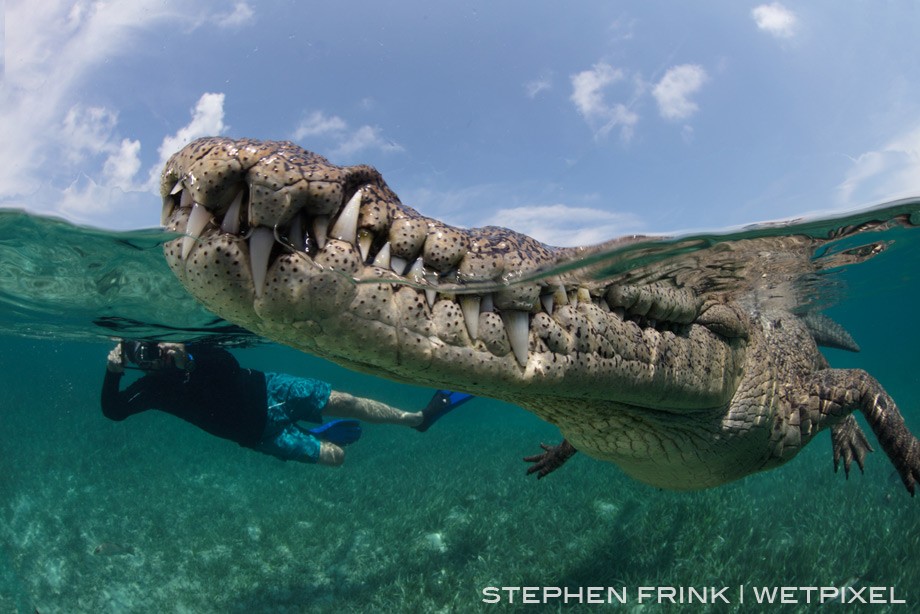
Nino, the American crocodile long accustomed to interacting with snorkelers, is an iconic Jardines de la Reina photo-op
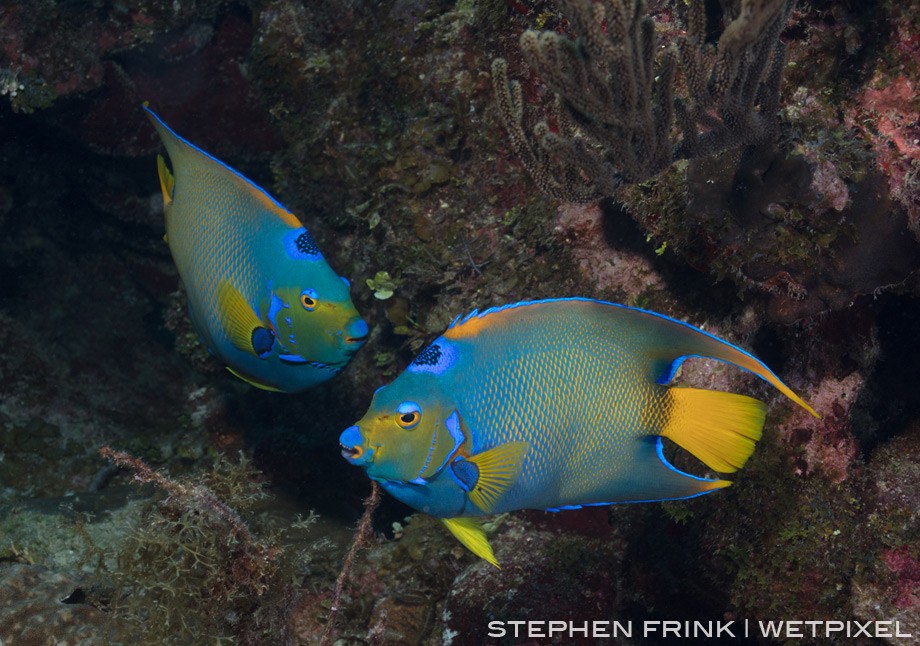
Queen angelfish are abundant, but it is rare to get multiples in same frame
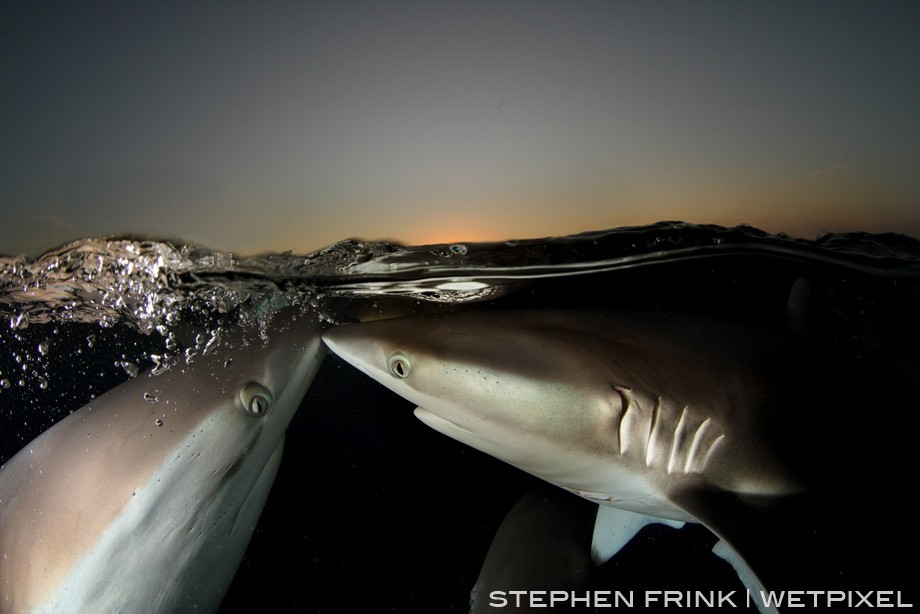
The silkies are very used to divers and at certain sites approach as soon as the boat ties onto the mooring
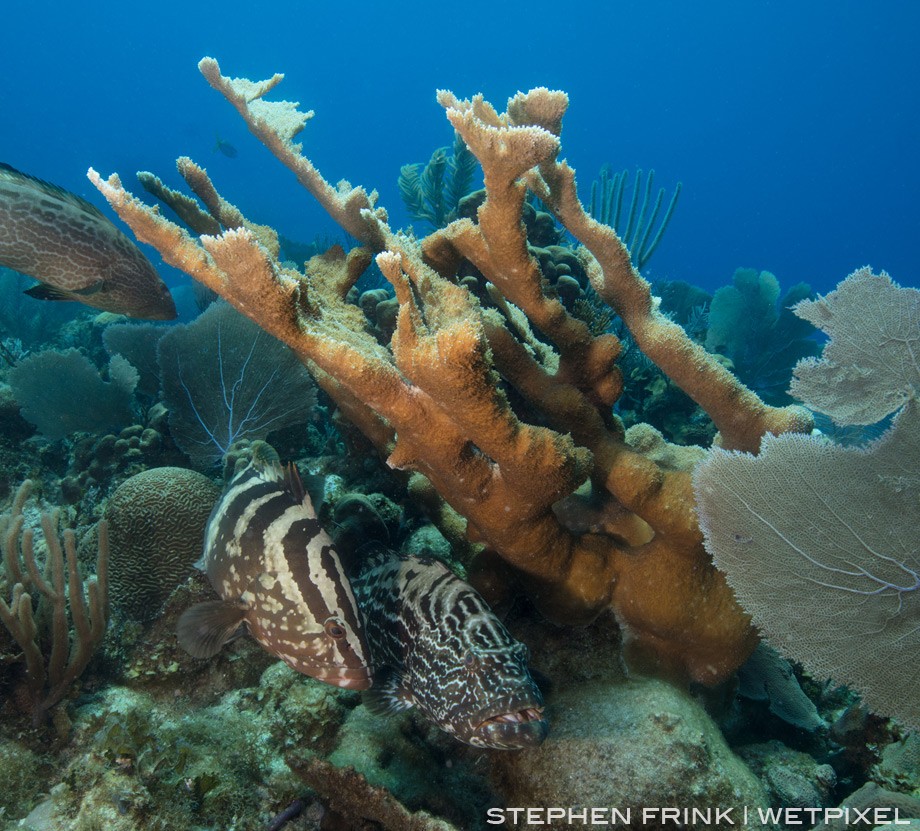
Nassau grouper and black grouper shelter beneath an elkhorn coral
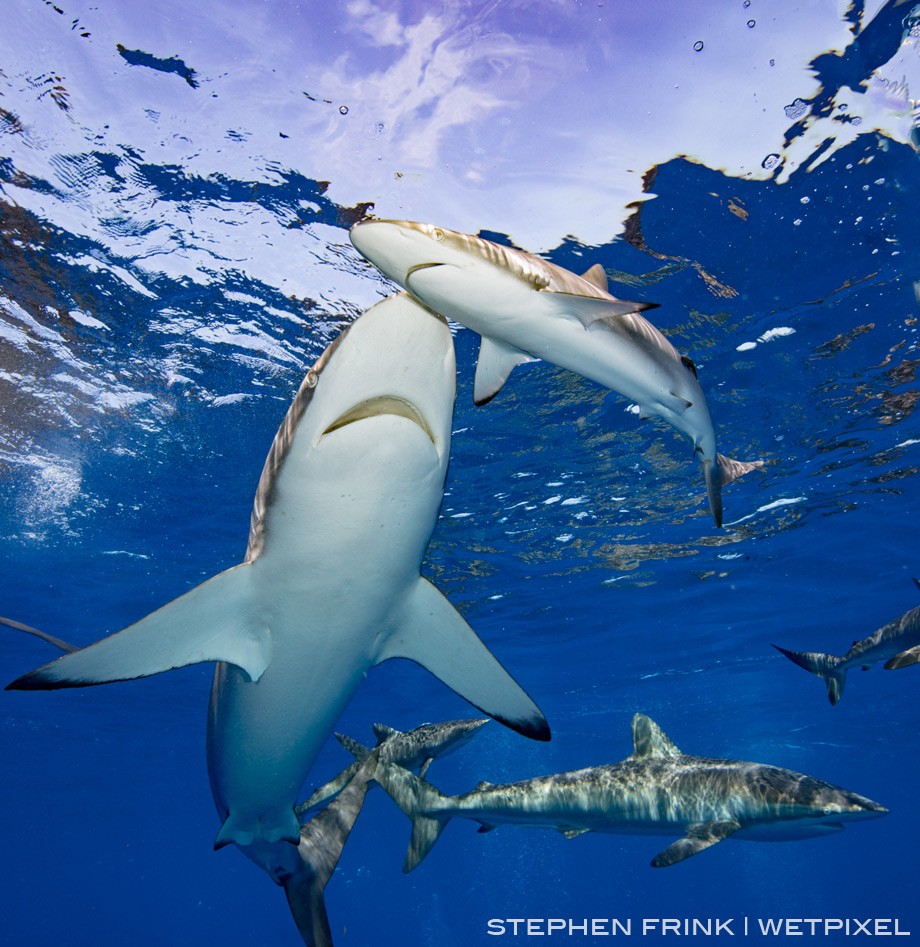
Silky sharks are typically encountered closer to the surface, rarely commingling with the Caribbean reef sharks
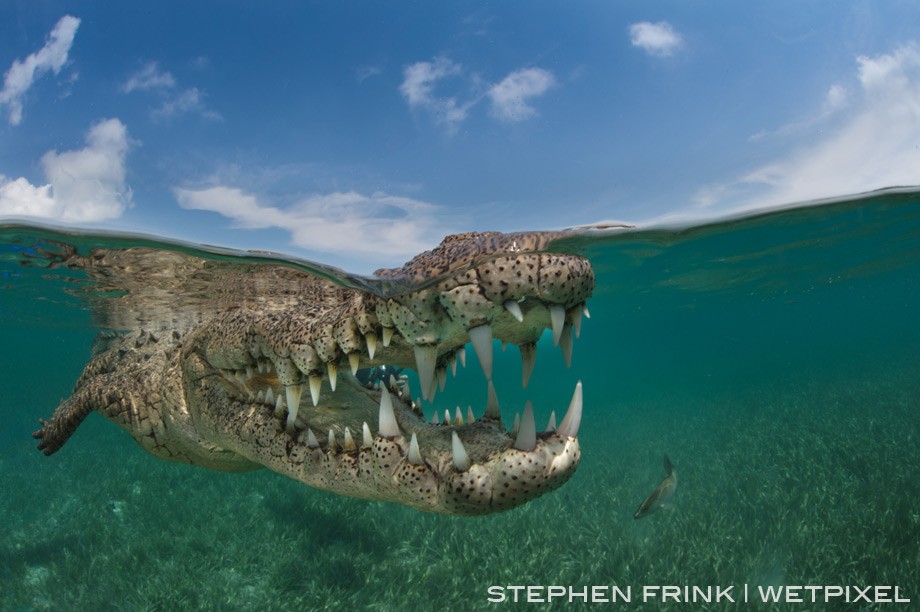
Perspective distortion can make Nino seem large and impressive, but in reality he is a medium sized crocodile
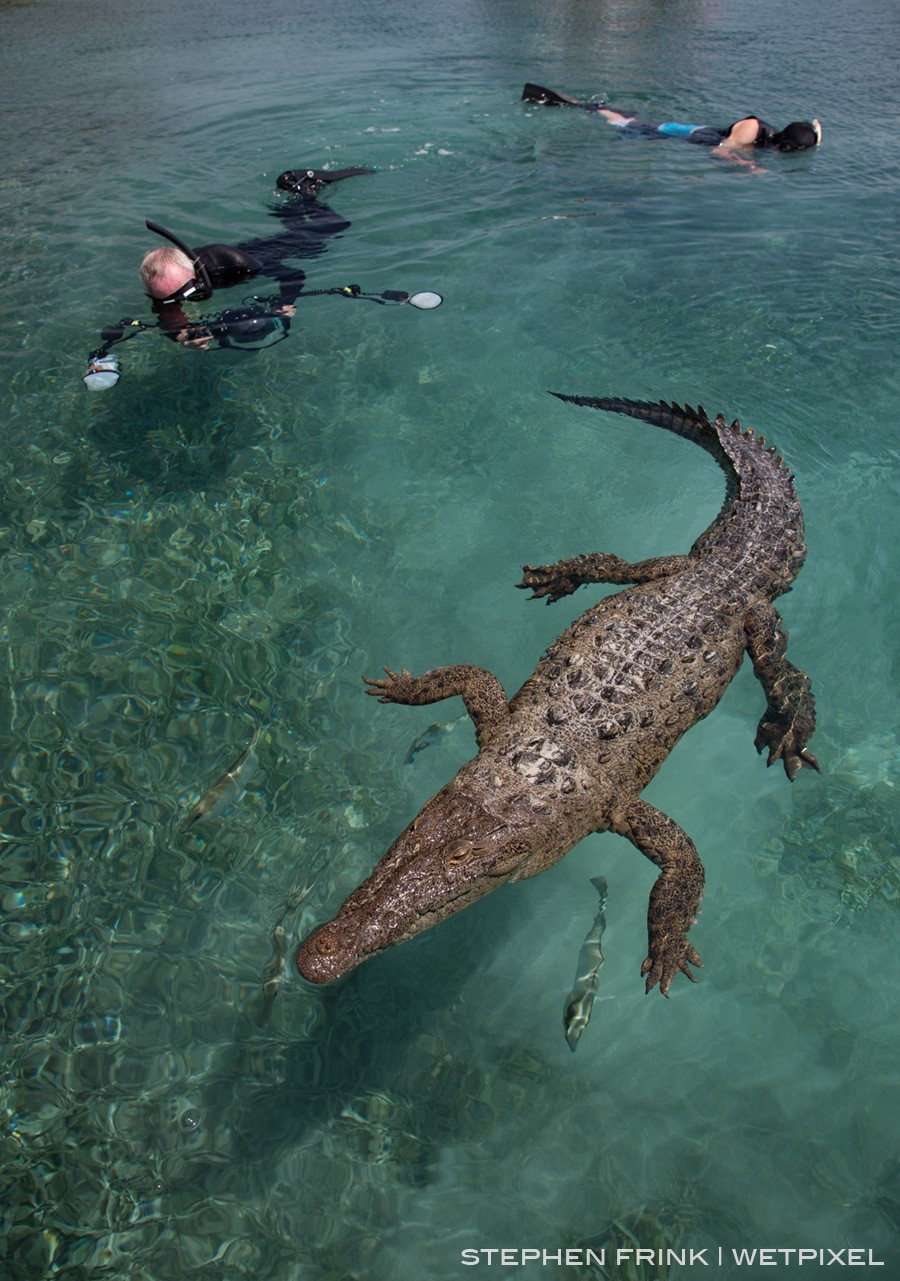
Nino is attracted to the boat, anticipating a reward of raw chicken, but it is in no way a guaranteed encounter
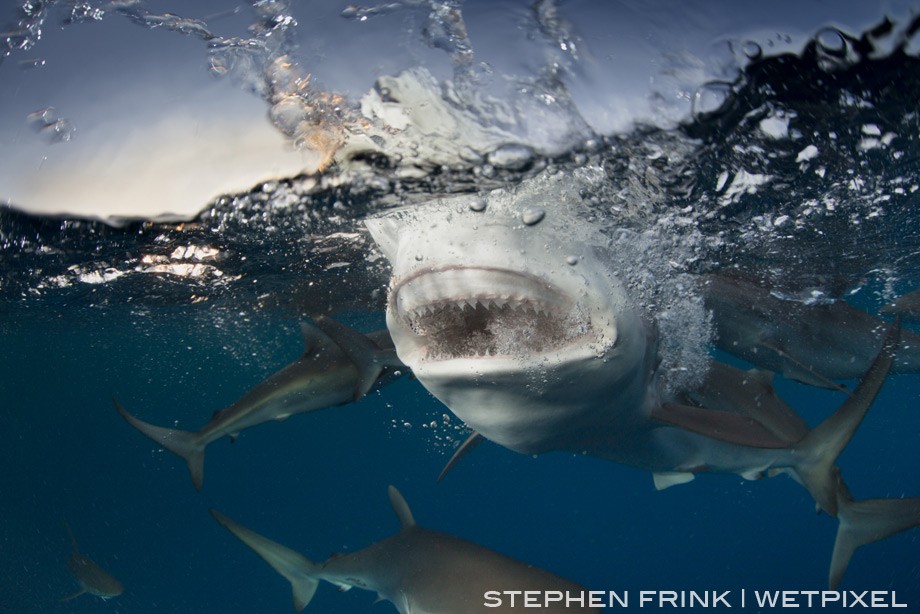
This was shot with a 8-15mm on a Canon 5Ds, probably 3” from the front of the dome
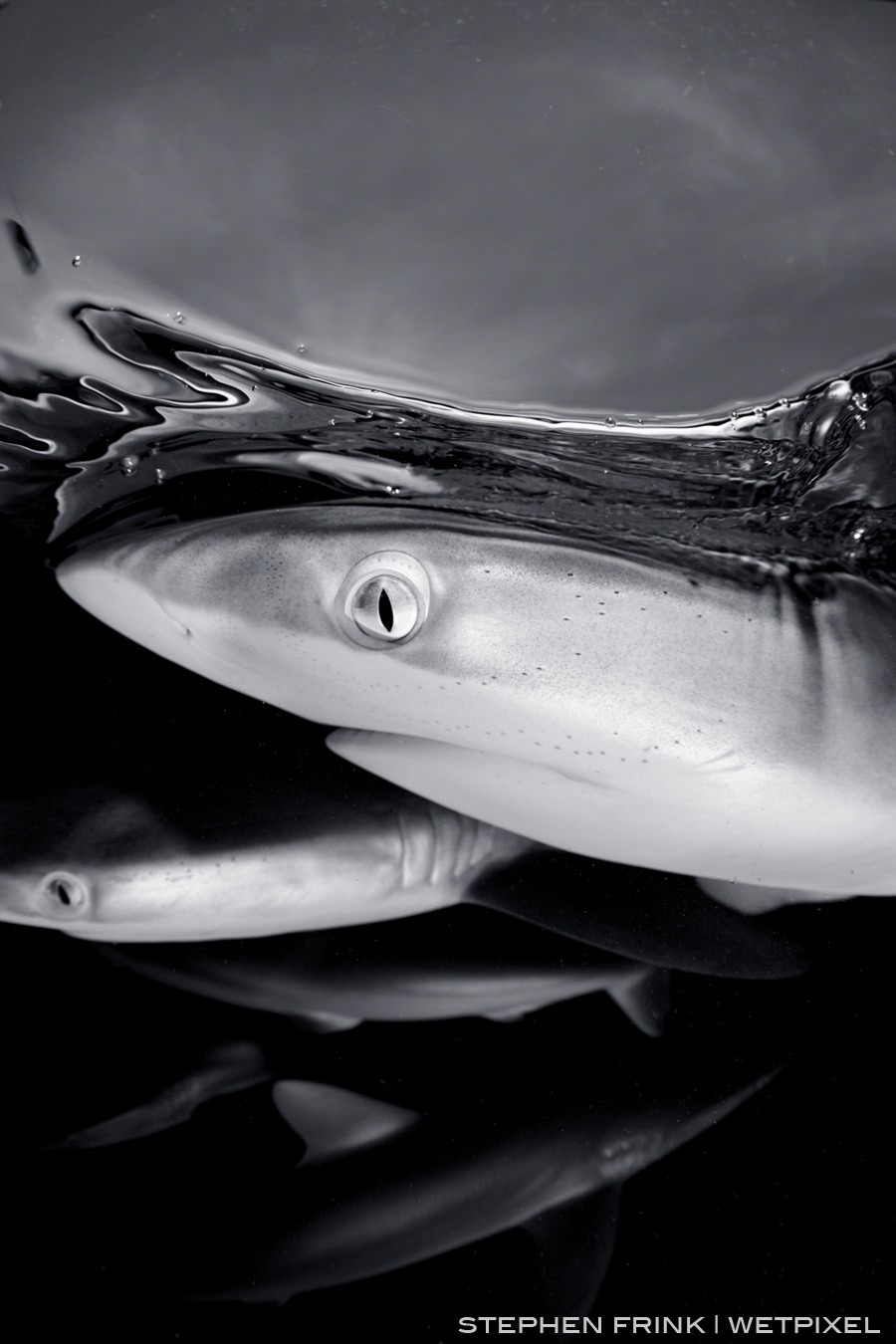
Blending strobe and ambient light at sunset, a pair of silkies is revealed

Many of these 1940s and 50s cars serve as taxis, and especially popular are the convertibles
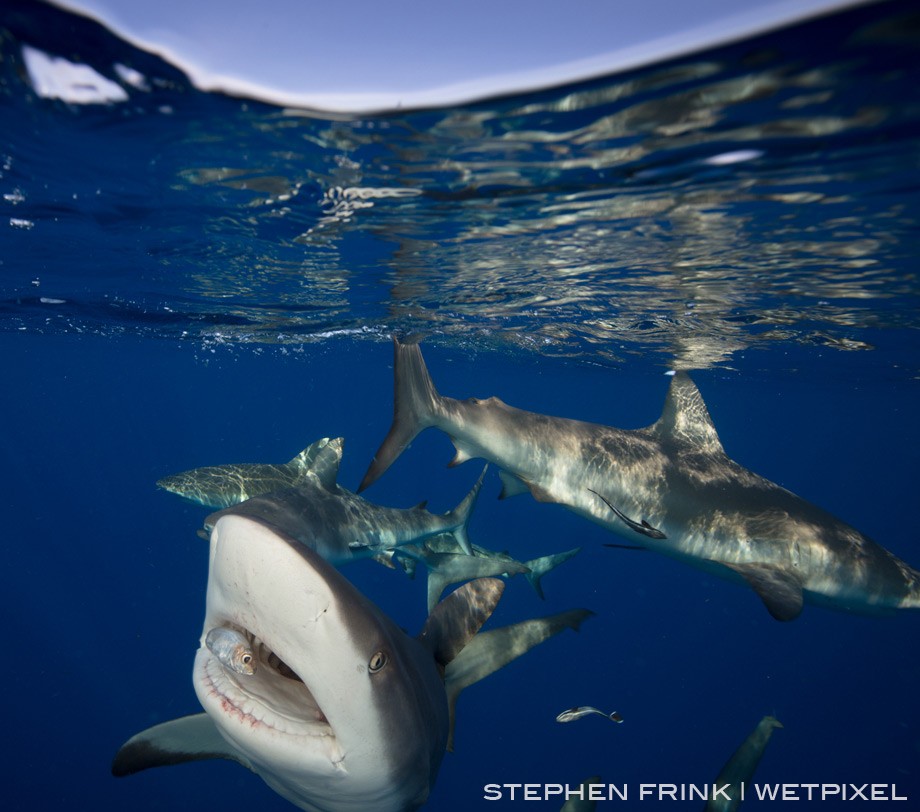
Caribbean reef sharks approach the boat, acclimated by years of baited reinforcement
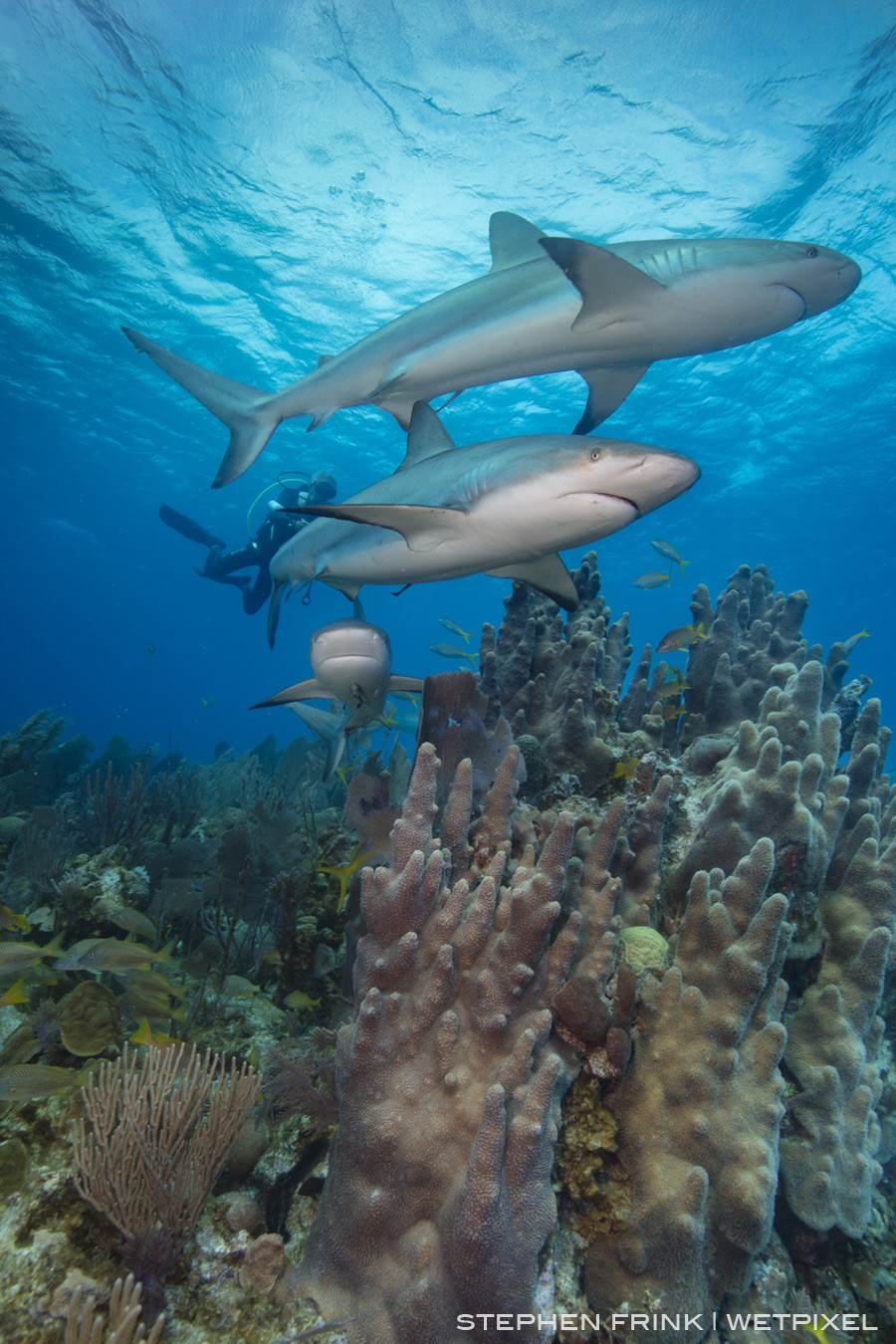
Pillar corals are endangered in many parts of the Caribbean, yet remain healthy in the Gardens of the Queen
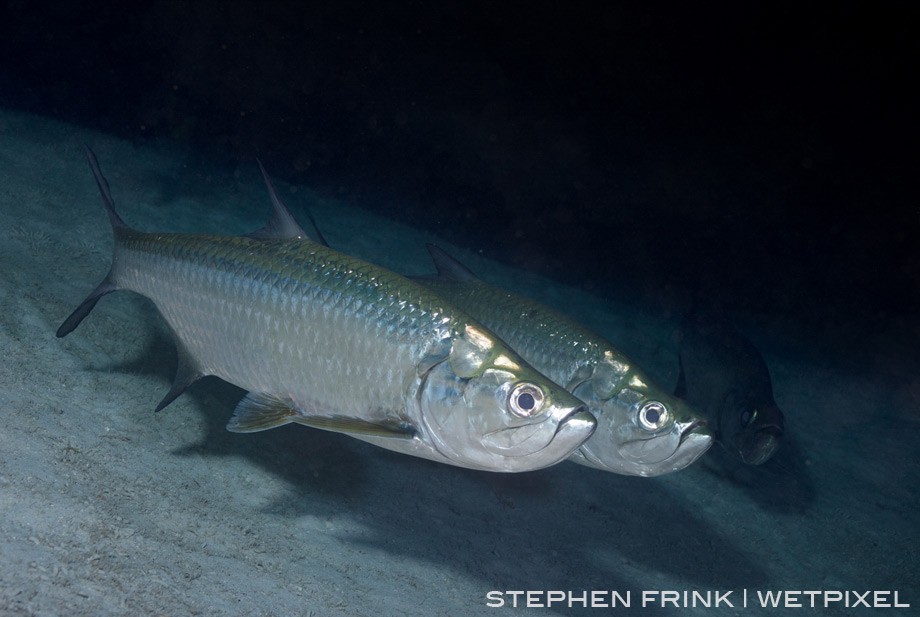
Tarpon are fairly common under ledges in the 40-60 foot depths
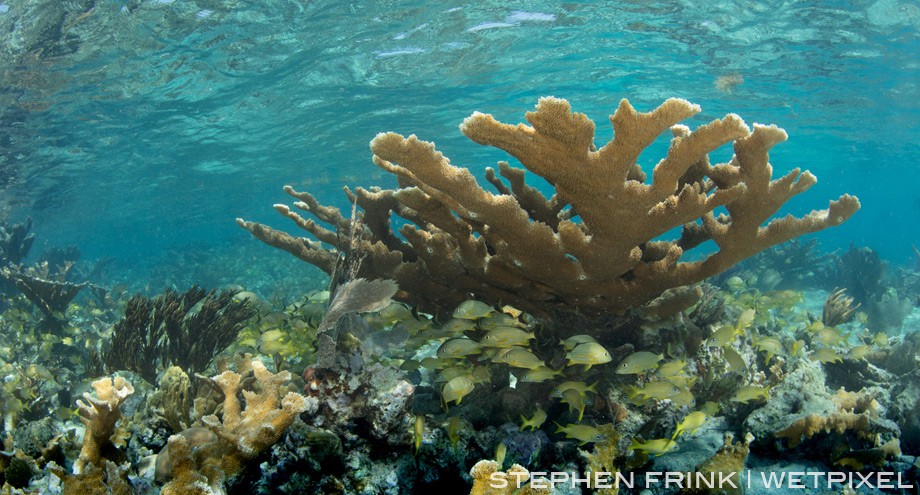
Two huge storms impacted Cuba in 2016, Hurricanes Irma and Maria, and clearly some of the branching corals were affected. But, many more survived and the shallow reef remains impressive
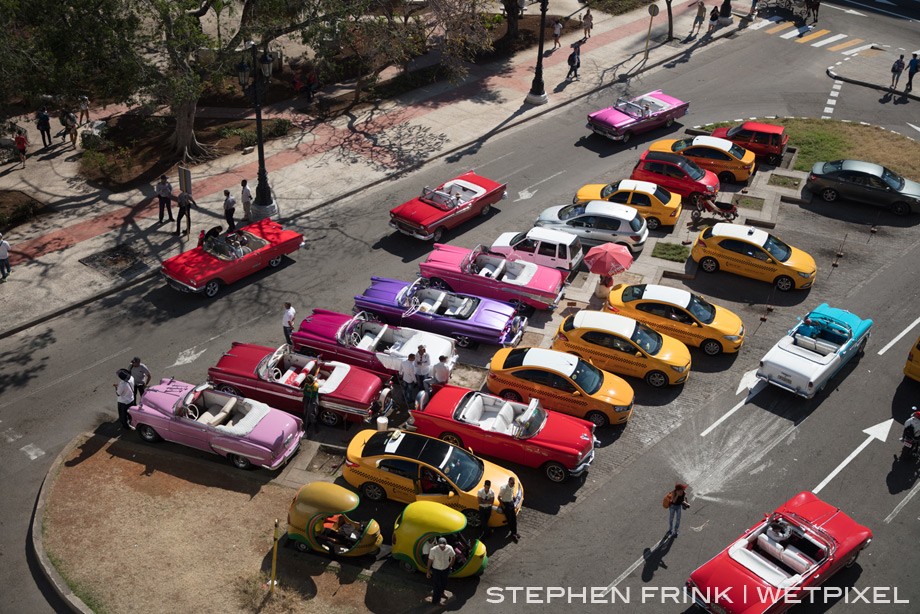
Havana is notable for the American cars from the 50s, those there before the 1959 Revolution
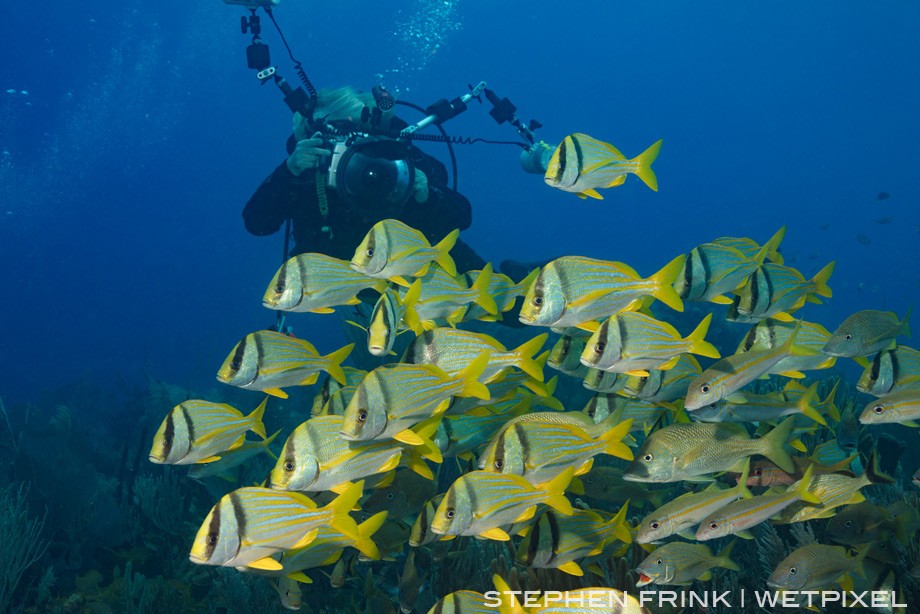
Schools of porkfish and grunts are quite abundant

Scuba diving is prohibited amid these coral gardens, and even weights are prohibited to assure zero contact with these fragile corals
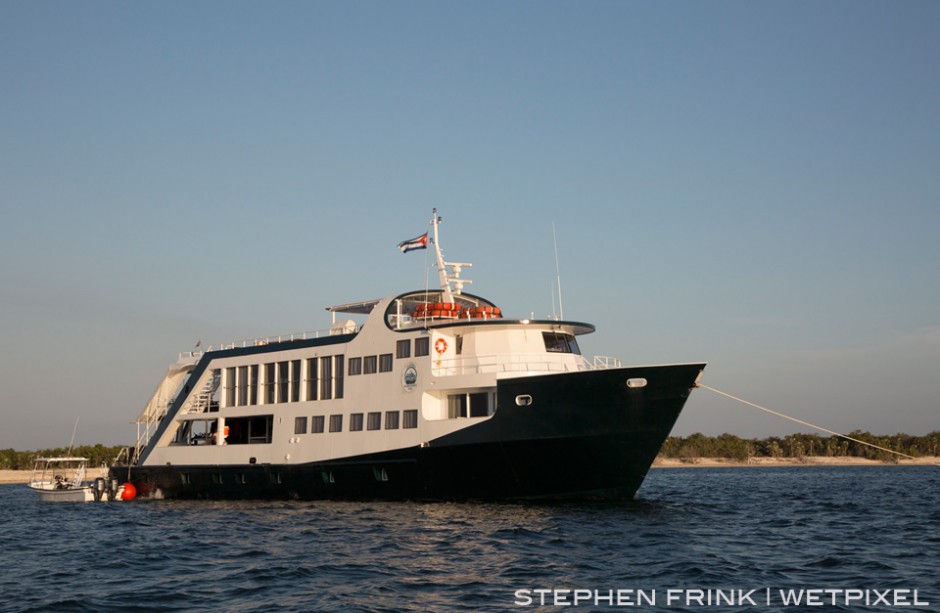
The Jardines Aggressor II is a 135-foot steel hulled dive yacht for a maximum of 24 divers, comfortably cruising the 60 miles from the port of Jacaro to the Gardens of the Queen
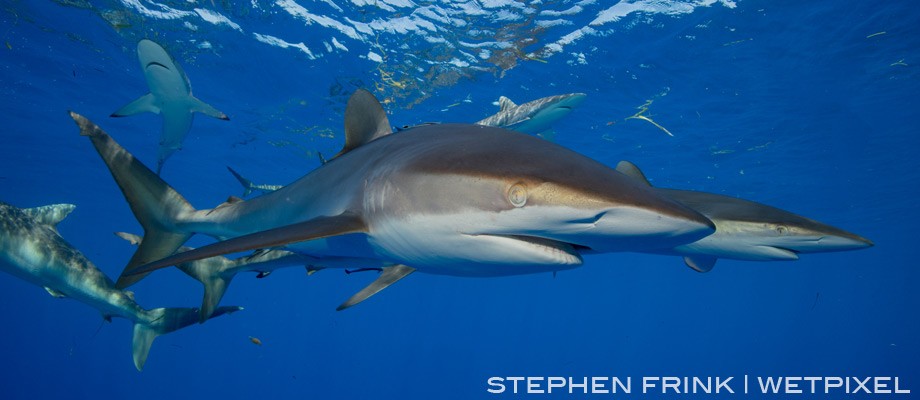
Silkies are normally fairly placid, but the action does amp up when bait is in the water
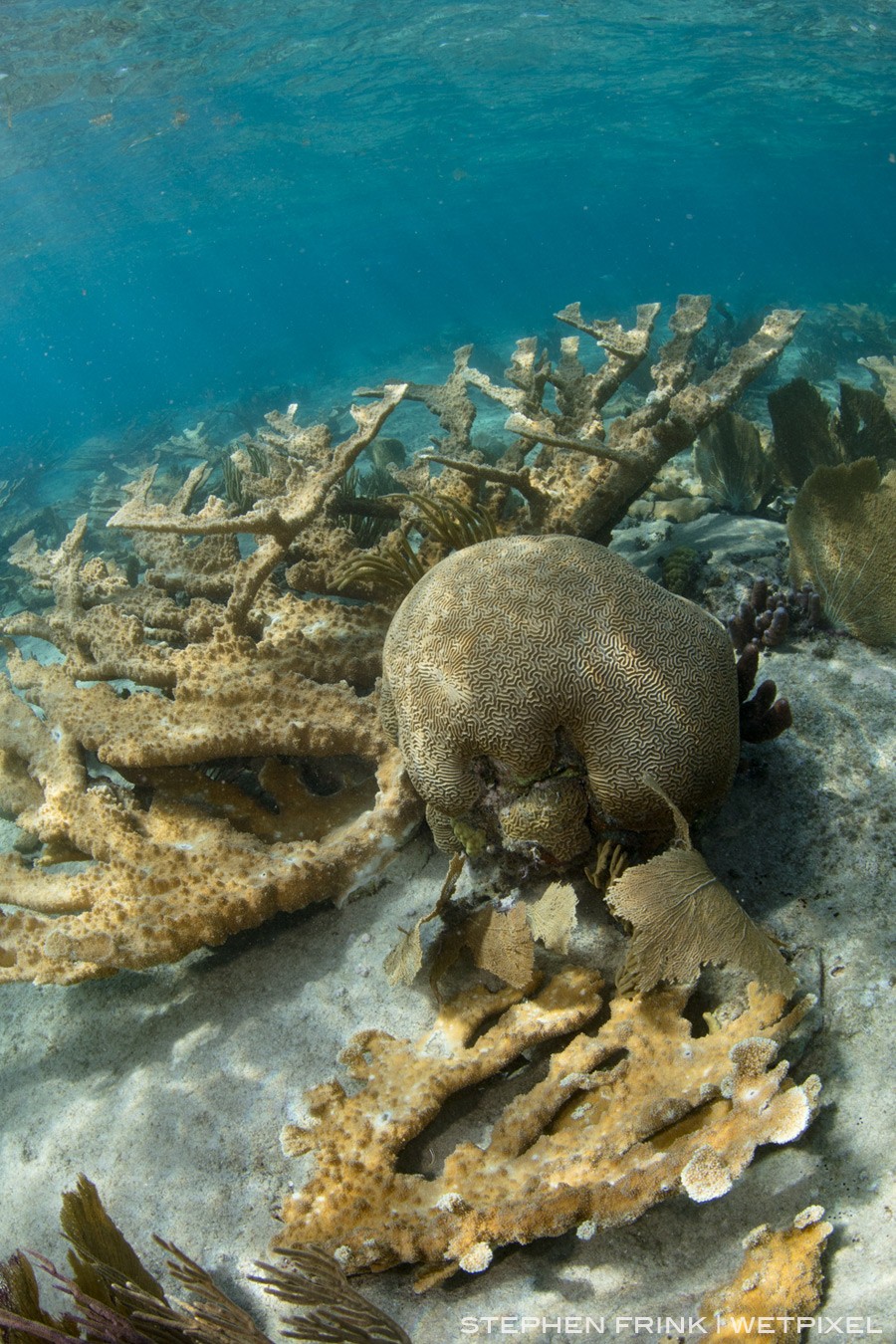
Here a pristine brain coral contrasts with a small field of elkhorn
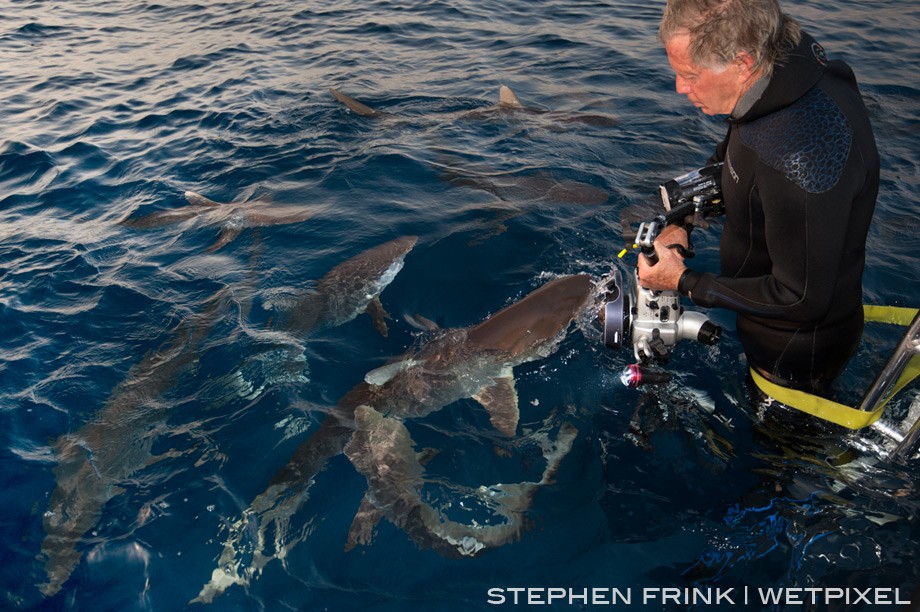
Dennis Liberson captured a shot of Stephen Frink, strapped into the dive ladder, photographing silky sharks at sunset